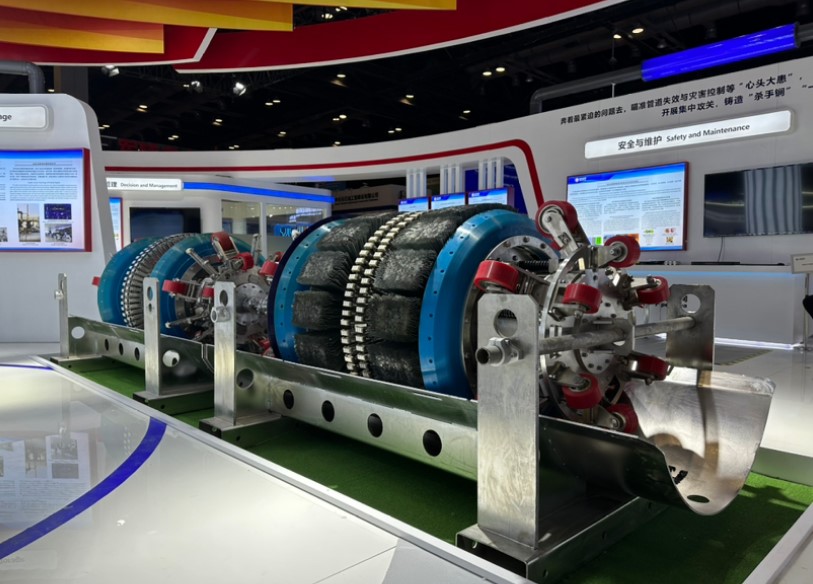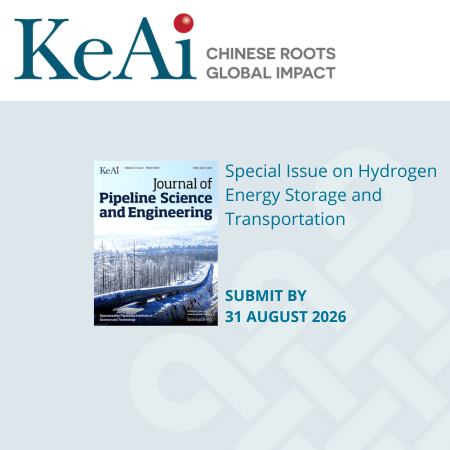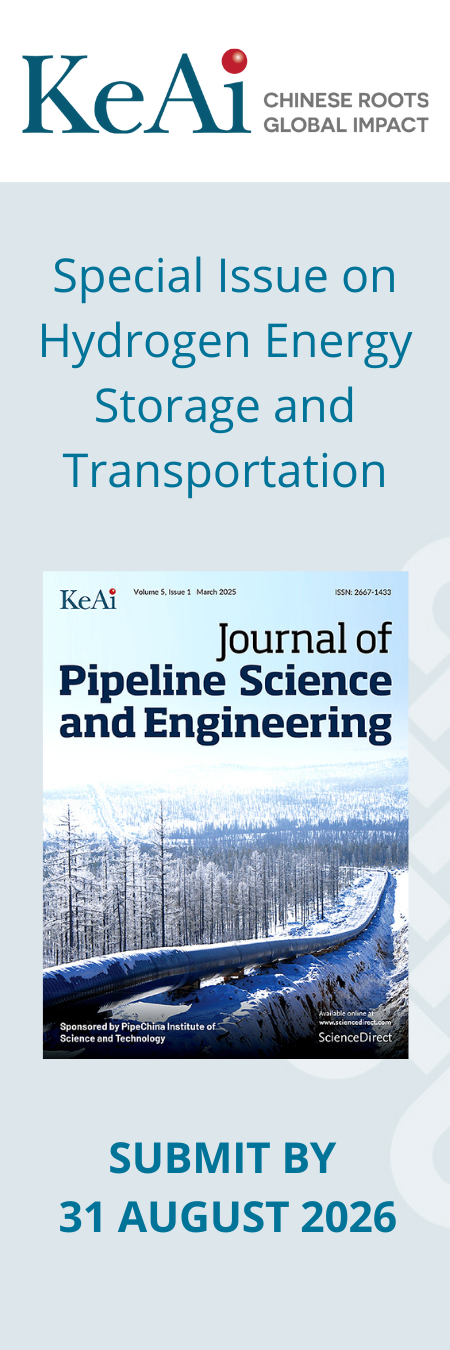Advancements and future outlook of safety monitoring, inspection and assessment technologies for oil and gas pipeline networks
Published 29 May, 2025
As global energy demands rise and pipeline networks expand, ensuring the safety and reliability of oil and gas infrastructure has become a priority. A new review published by Chen Pengchao from the PipeChina Institute of Science and Technology outlines the current developments of pipeline safety technologies around the world, offering suggestions to future development of defect detection, environmental risks monitoring, and structural integrity assessment with unprecedented precision.
“The integration of high-grade steel, large-diameter pipelines, and unconventional energy sources has introduced new complexities to pipeline safety,” explains Chen. “The research focuses on bridging technological gaps in inspection, monitoring, and fitness-for-service (FFS) assessments to mitigate risks and prevent catastrophic failures.”
Chen highlights significant progress in both in-line and external inspection methods. Advanced in-line tools such as magnetic flux leakage (MFL) and ultrasonic testing devices in Germany, America and China now detect micro-defects in millimeter-scale in high-grade steel pipelines.
“PipeChina’s magnetoelectric integrated inspection tool combines ultra-high-resolution sensors to identify weld defects with 90% accuracy for 0.3 mm defects, shares Chen. “It’s a milestone for China’s domestically developed technologies.”
Meanwhile, pipeline leaks and geohazards like landslides pose severe threats to infrastructure and ecosystems. “Real-time data fusion algorithms, integrated with supervisory control systems, allow China to achieve leak detection sensitivity as low as 1% of flow rate, minimizing false alarms,” says Chen.
The review also emphasizes innovations in distributed fiber-optic sensing (DFOS). For geohazard management, advanced tools like satellite-based interferometric synthetic aperture radar (InSAR) and unmanned aerial vehicles (UAVs) provide early warnings of ground displacement near pipelines. “Combining space-air-ground monitoring with AI-driven risk models allows us to predict geologic hazards and prioritize interventions,” says Chen. “The future lies in transforming conventional pipelines into intelligent networks by leveraging AI and emerging sensing technologies.”

Contact Author Details:
Chen Pengchao, PipeChina Institute of Science and Technology, Tianjin, China. Email: pengchao.chen@pipechina.cn
Conflict of Interest:
The authors declare no competing financial interests or personal relationships that could influence this work.
See the Article:
Chen Pengchao, Advancements and Future Outlook of Safety Monitoring, Inspection, and Assessment Technologies for Oil and Gas Pipeline Networks, Journal of Pipeline Science and Engineering (2024), Doi: https://doi.org/10.1016/j.jpse.2025.100267

